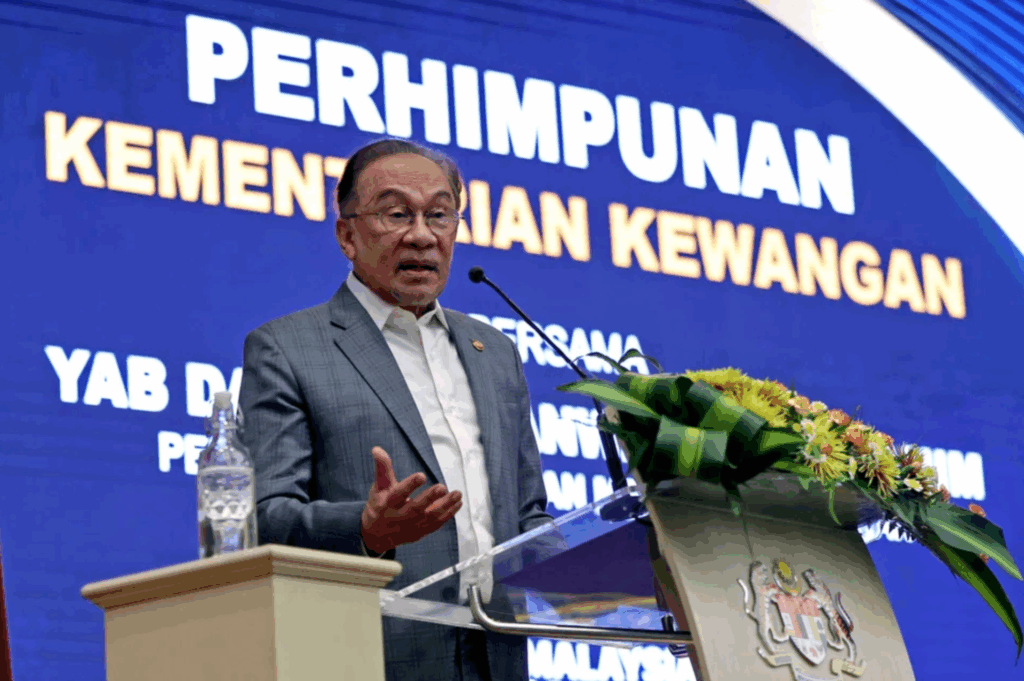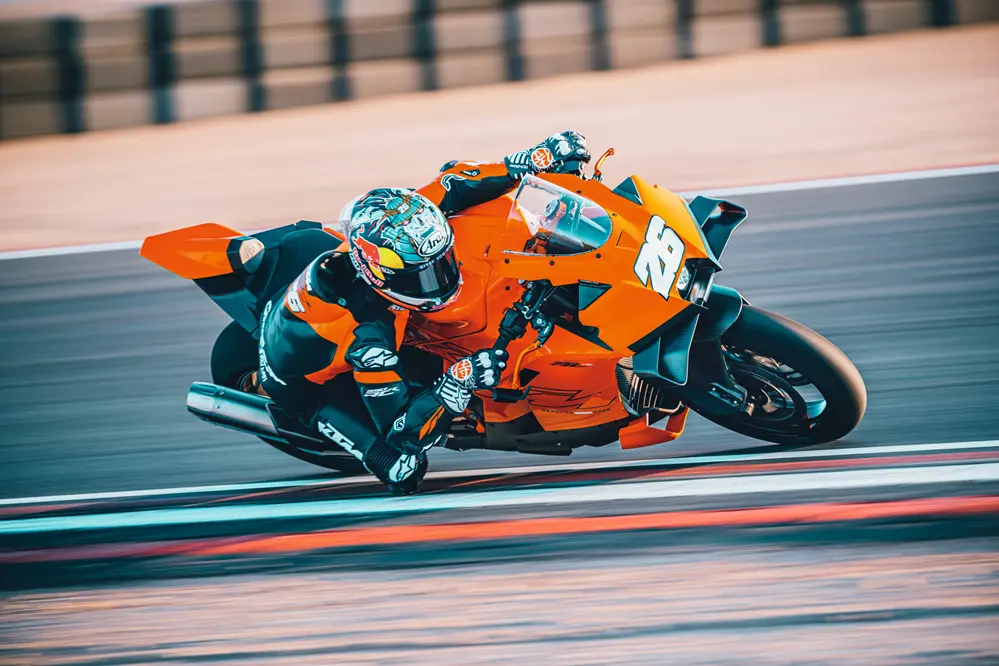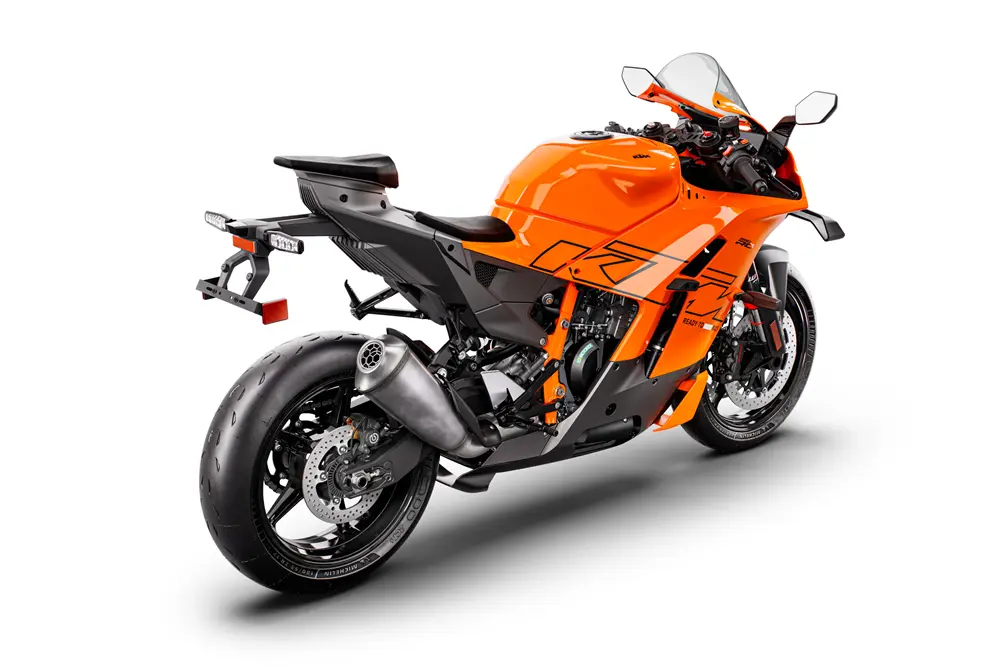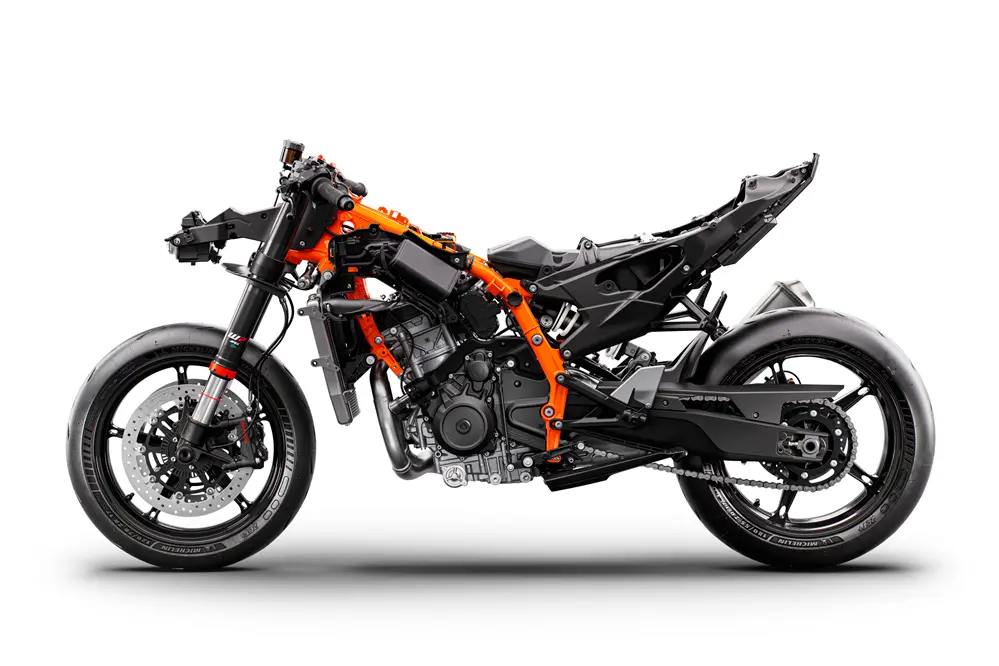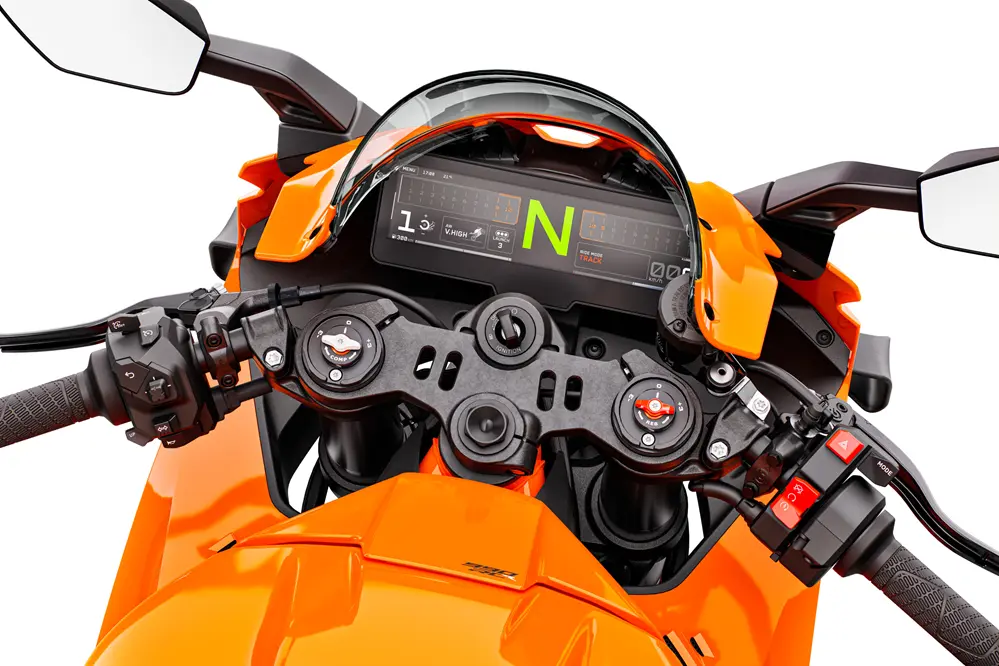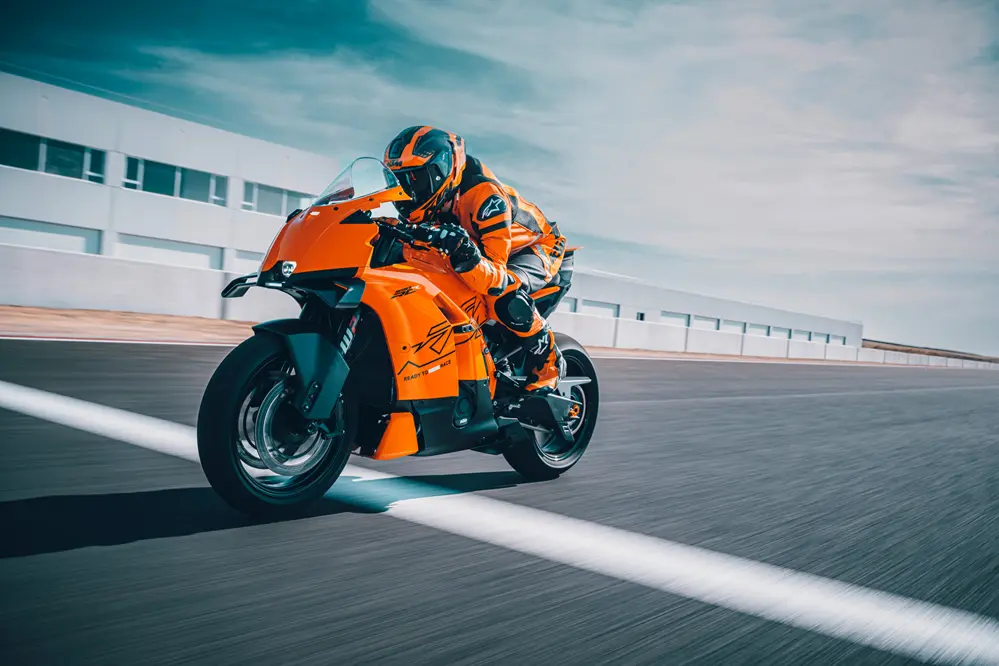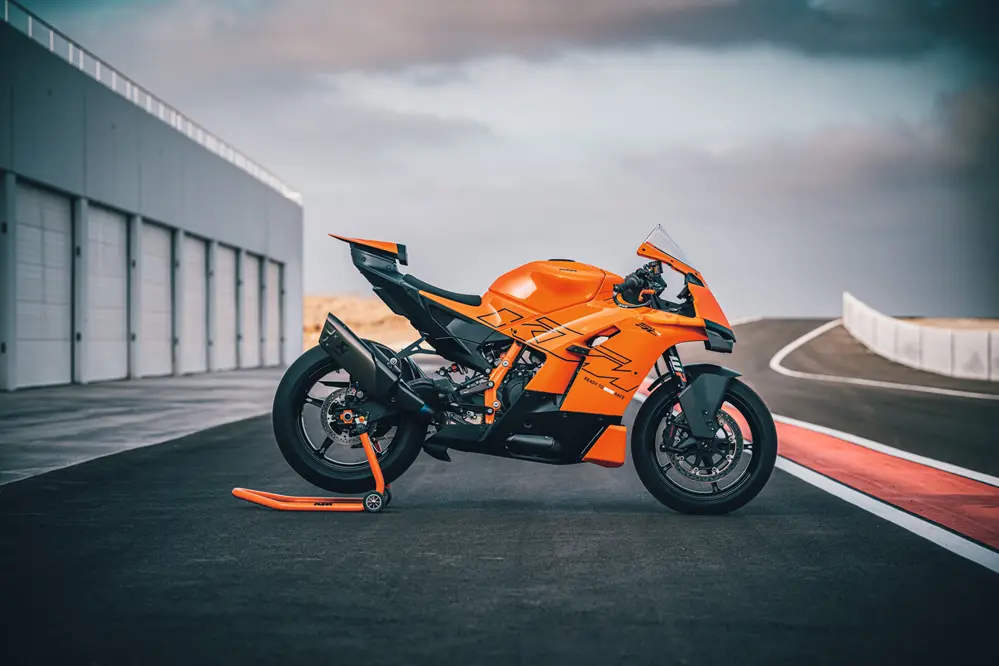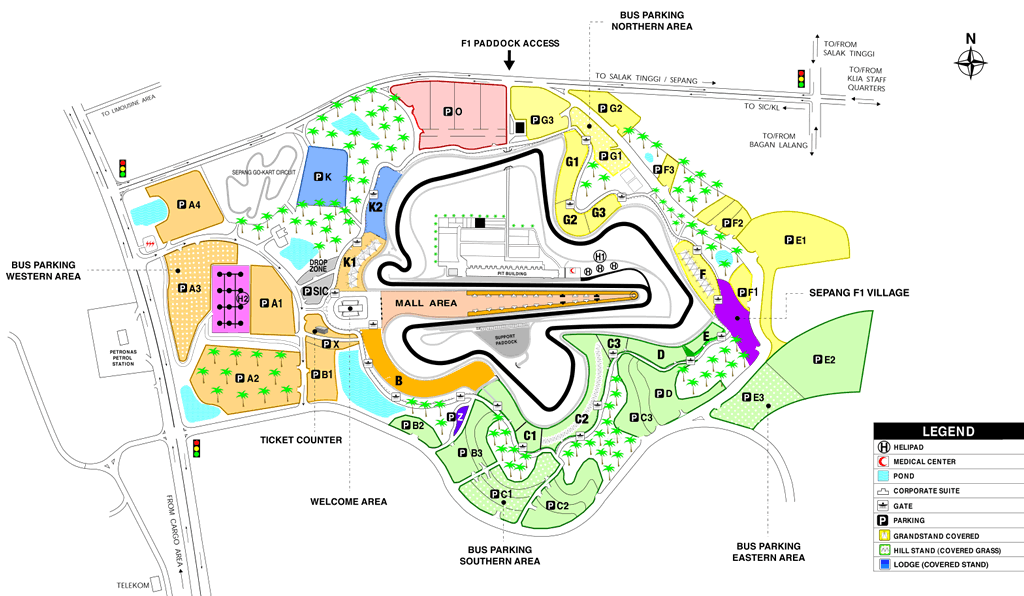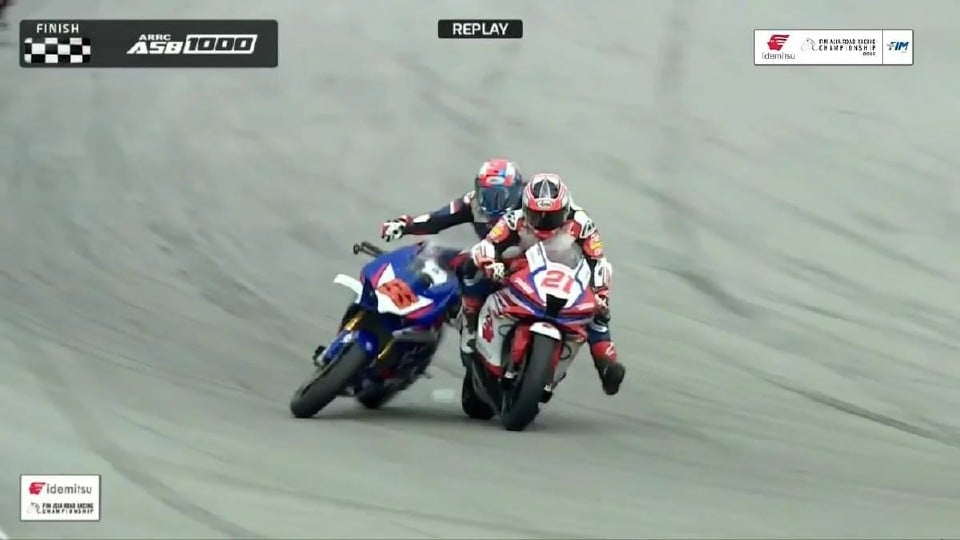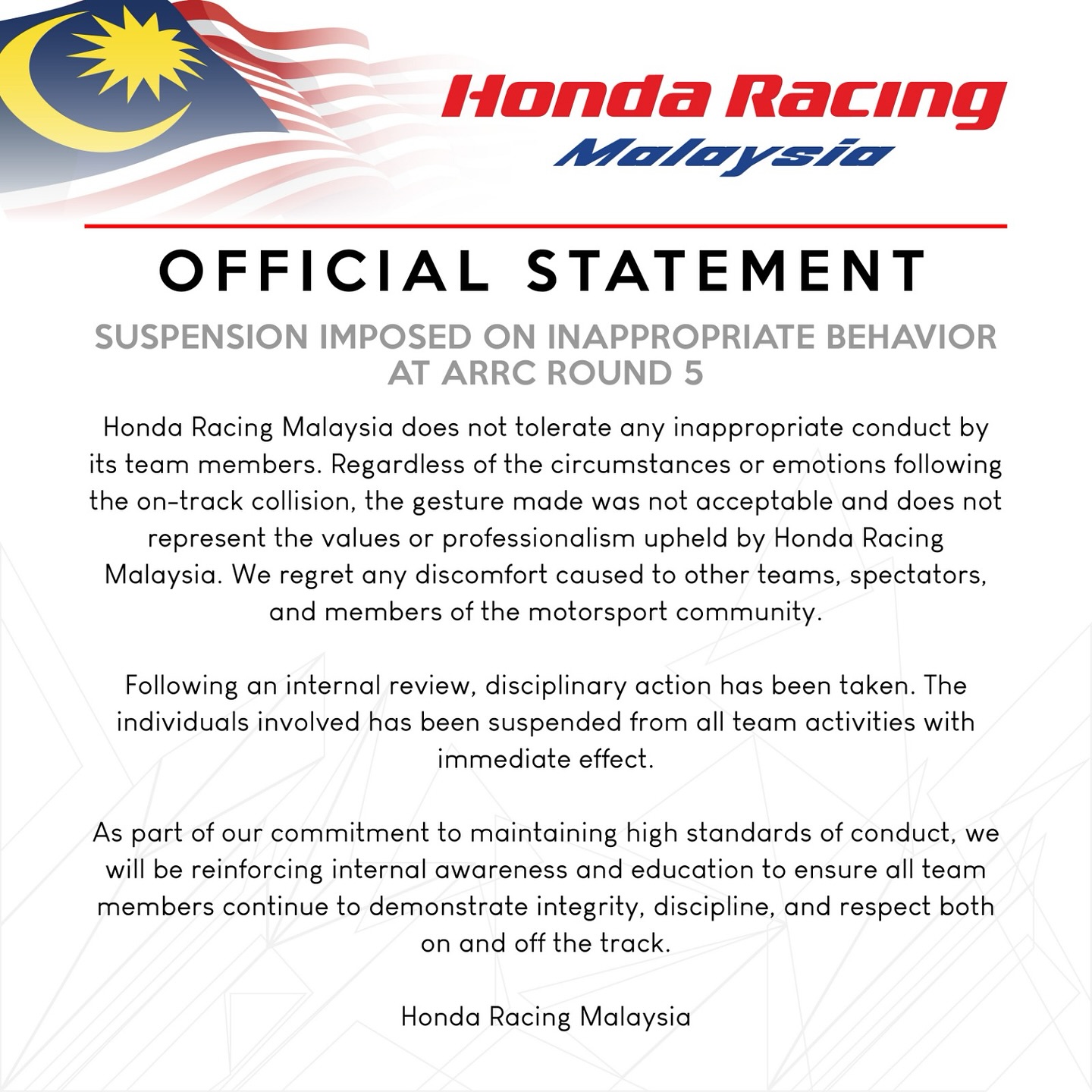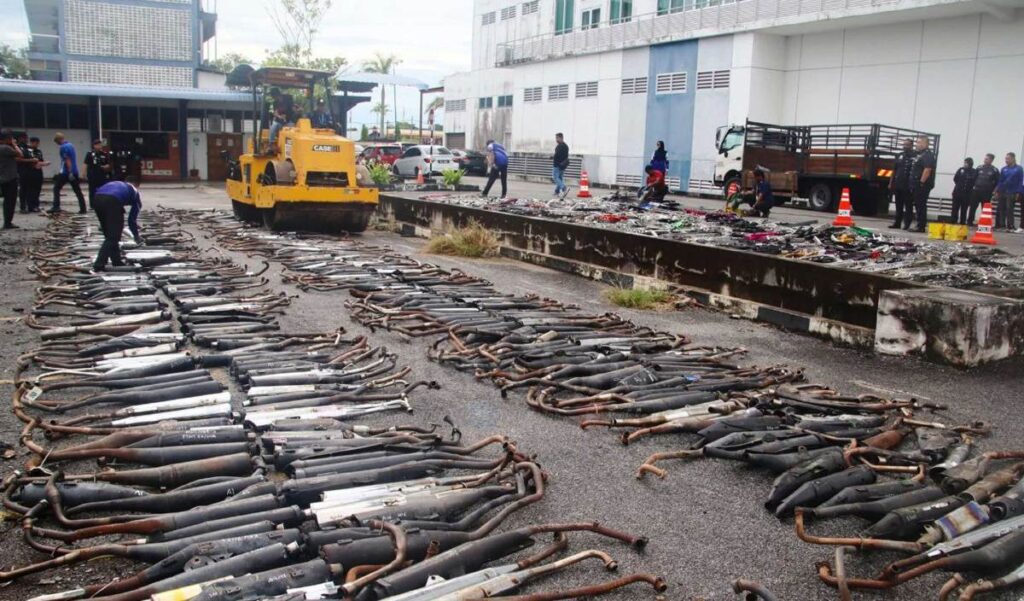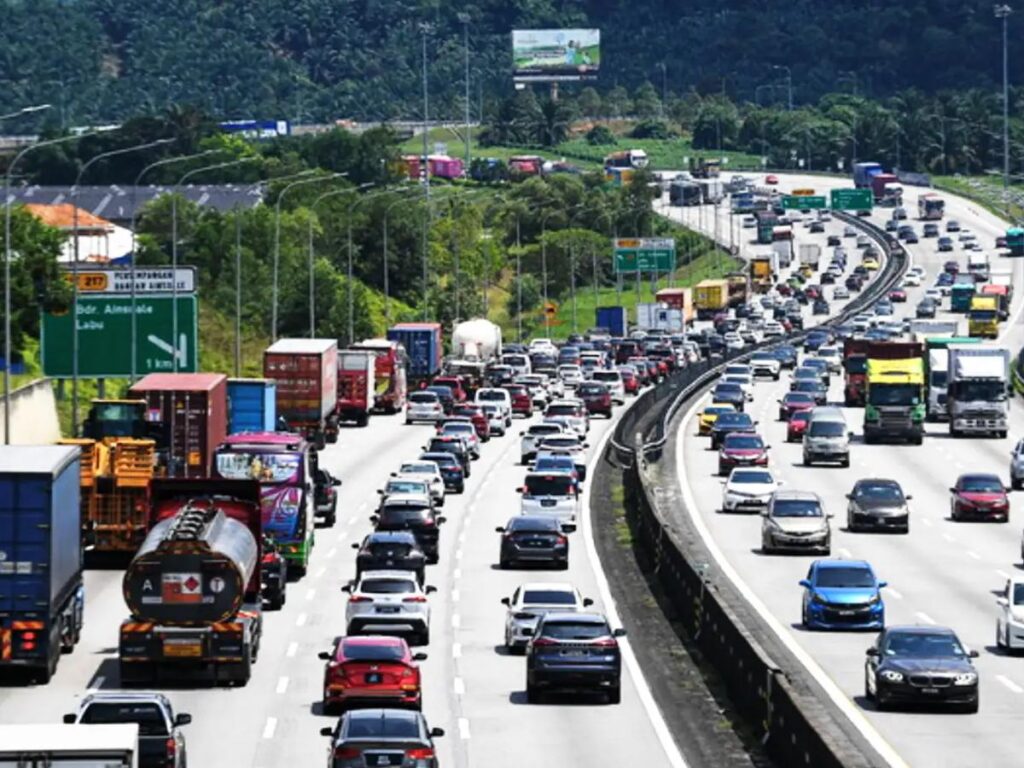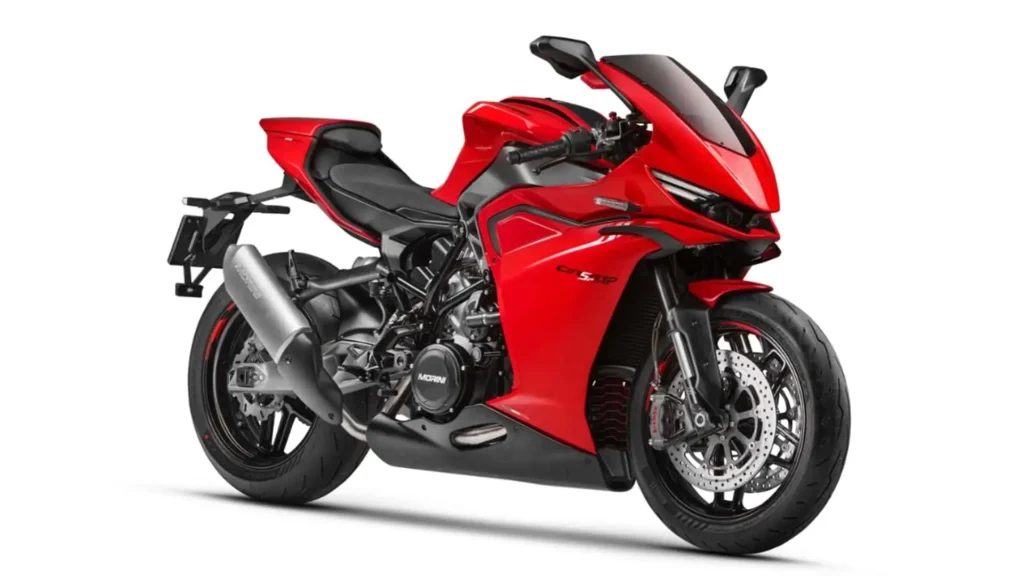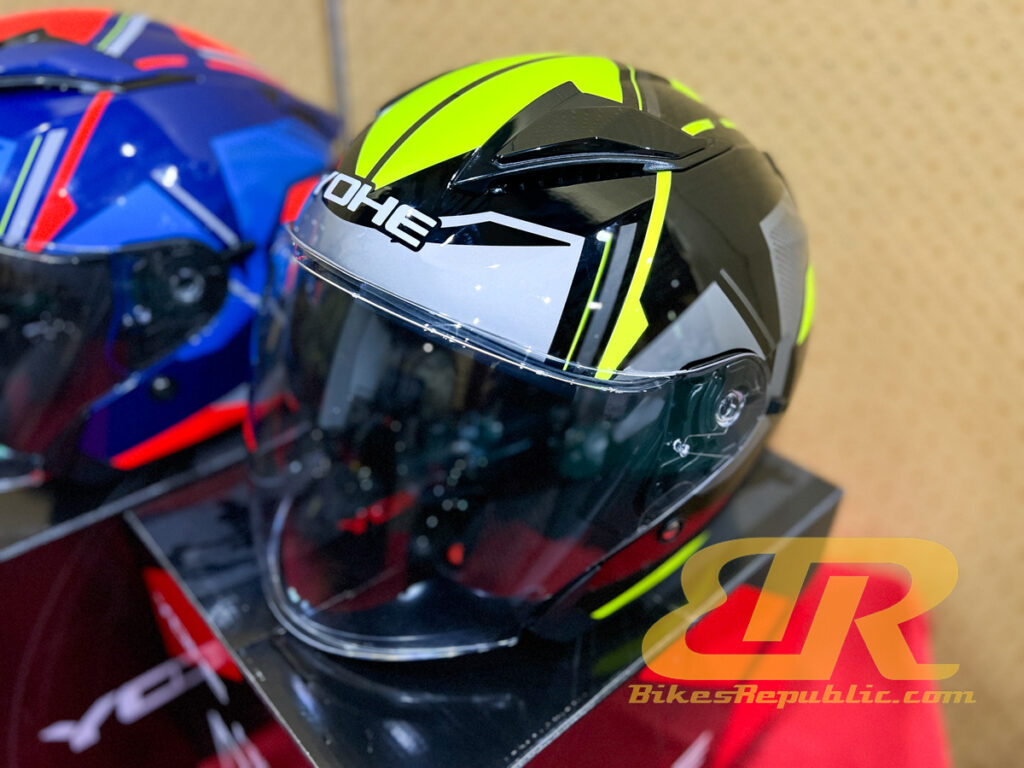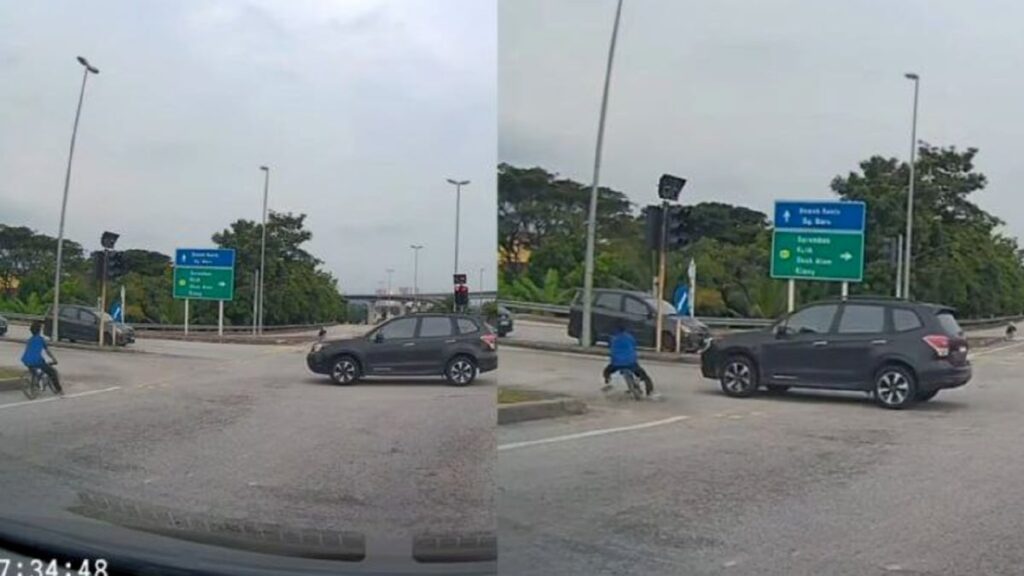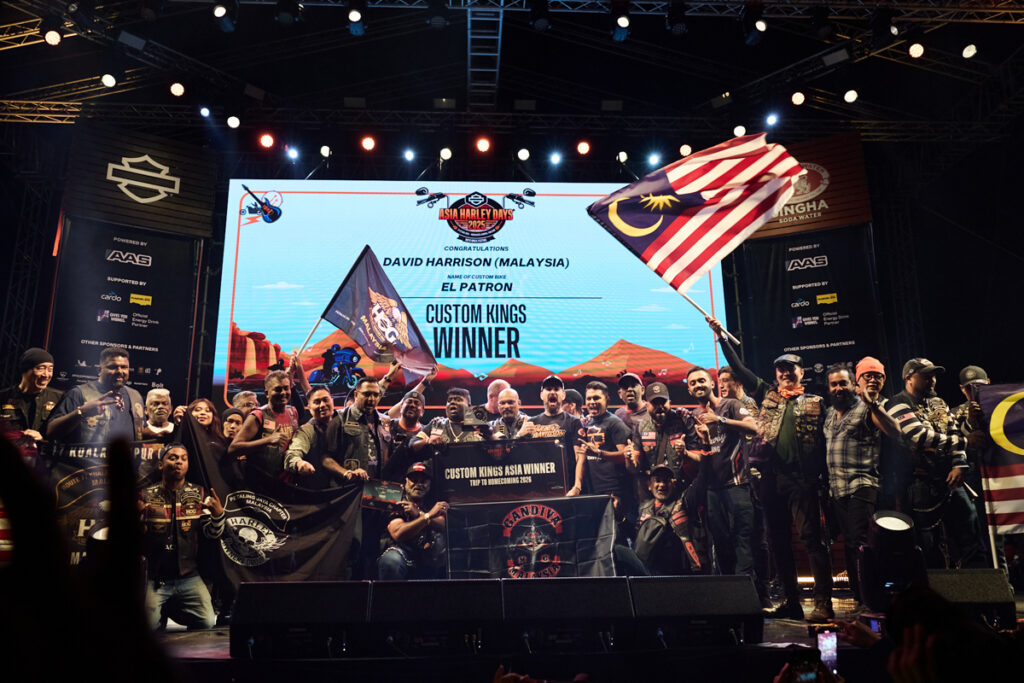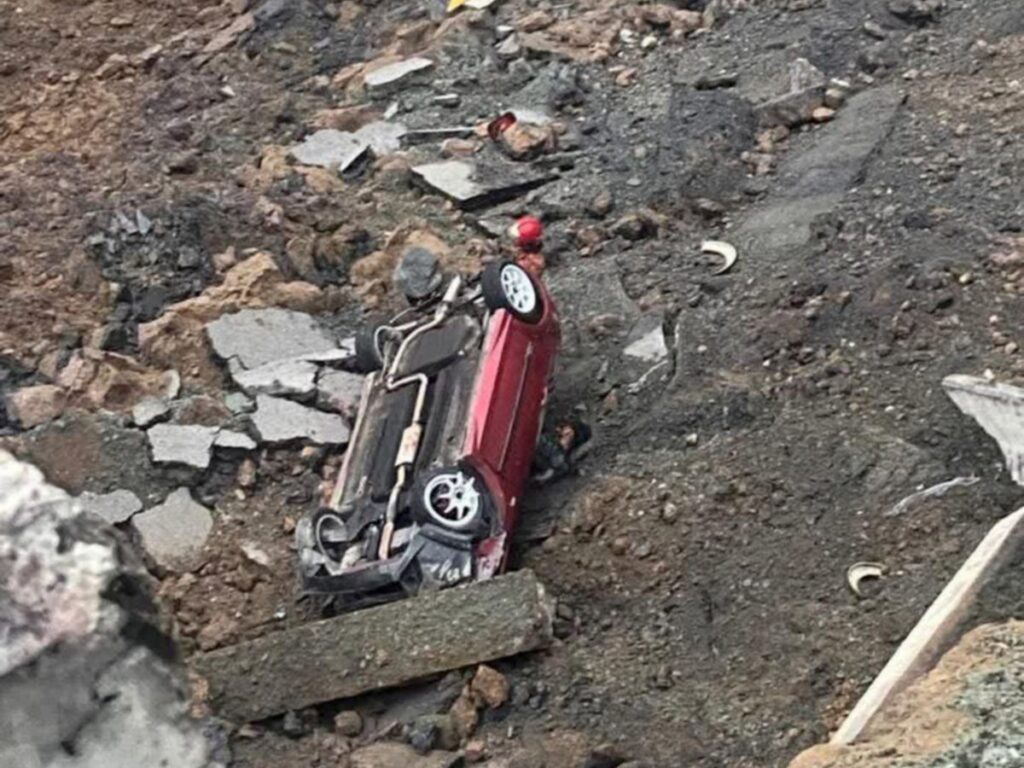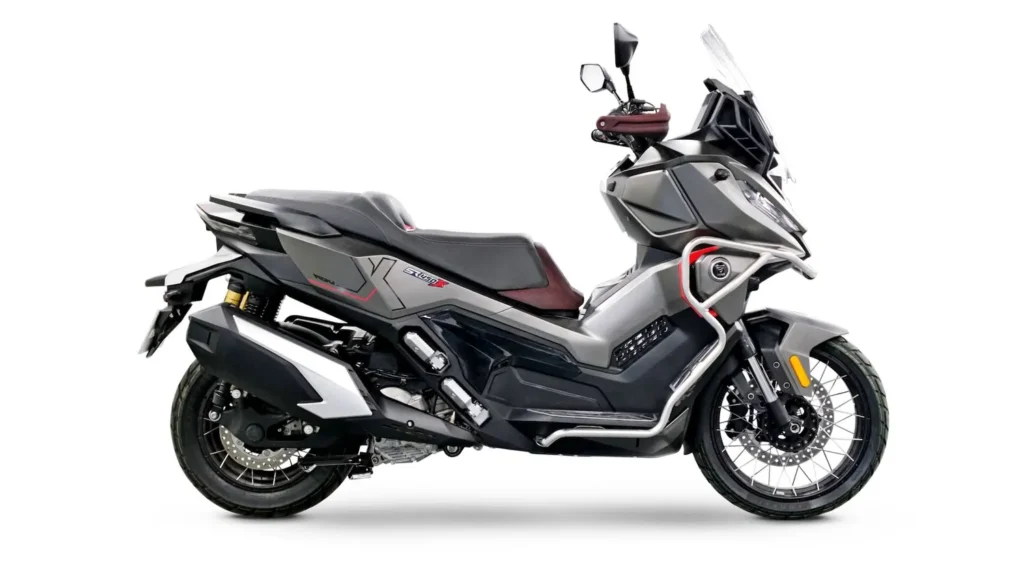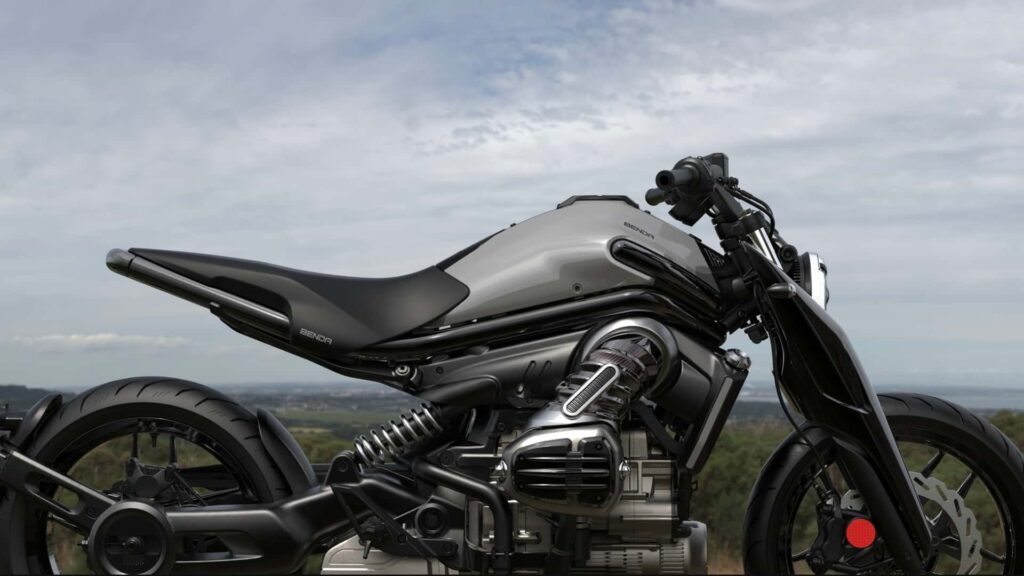“I pay RM2.60 per liter for RON95, even though I am eligible for the RM1.99 subsidy,” said Prime Minister Datuk Seri Anwar Ibrahim during the monthly assembly of the Ministry of Finance, yesterday.
He said that he does this even though he is eligible for the RM1.99 per liter subsidy under the government’s BUDI95 program for locals.
He added that this reflects the government’s approach to ensuring subsidies are distributed fairly and targeted to those who are truly in need, rather than being given blanketly, including to those who are well-off.
Also present were Deputy Minister of Finance Lim Hui Ying and Treasury Secretary-General Datuk Johan Mahmood Merican.
Anwar said that maintaining the RM1.99 subsidy for locals while charging RM2.60 to foreigners demonstrates the government’s commitment to social justice and effective fiscal management.
He further stated that the government is always cautious when implementing subsidy rationalization to avoid public confusion or anger, citing past examples such as the restructuring of electricity and chicken subsidies.
He, who is also the Finance Minister, said that the decision to withdraw the chicken subsidy has saved the government RM1 billion per year, without affecting market price stability.
“We want to increase revenue, but if the people are burdened, what’s the point? This is not some pie-in-the-sky economic theory – this is an economy that impacts the real lives of the people,” he emphasized.
Anwar said that this targeted subsidy policy not only ensures that low-income citizens are protected, but also makes the national financial system more sustainable and possesses integrity.

